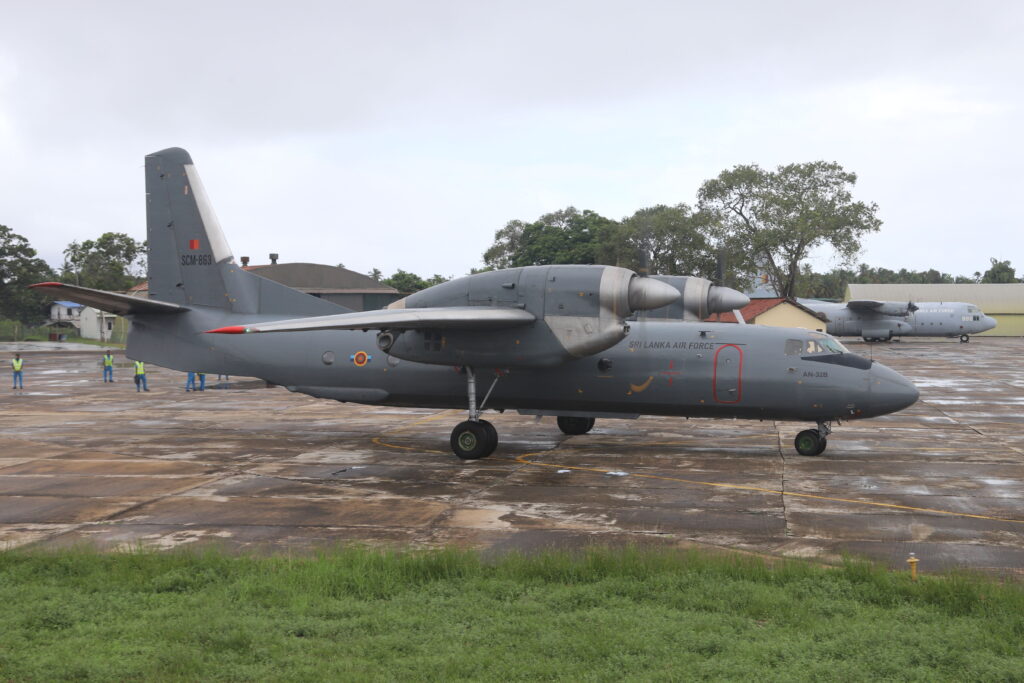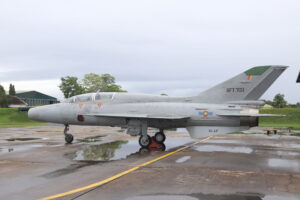
Although Sri Lanka is nowadays an island paradise, the country was torn apart during a civil war for multiple decades not too long ago. During that period, the Sri Lanka Air Force (SLAF) had a large budget, and therefor over the years many aircraft were acquired. In 2009 the Liberation Tigers of Tamil Elam (LTTE, or Tamil Tigers) were finally defeated and peace prevailed.
Obviously a lot of damage had been done over the years, and the economy had to be rebuild. As a side result of this, the following years large cutbacks had to be made by the SLAF, resulting in the withdrawal of several aircraft types (like the MiG-23/27 ‘Flogger’) while others were placed into storage (like the Mi-24 ‘Hind’). A new balance had to be sought, and the SLAF is currently getting there.
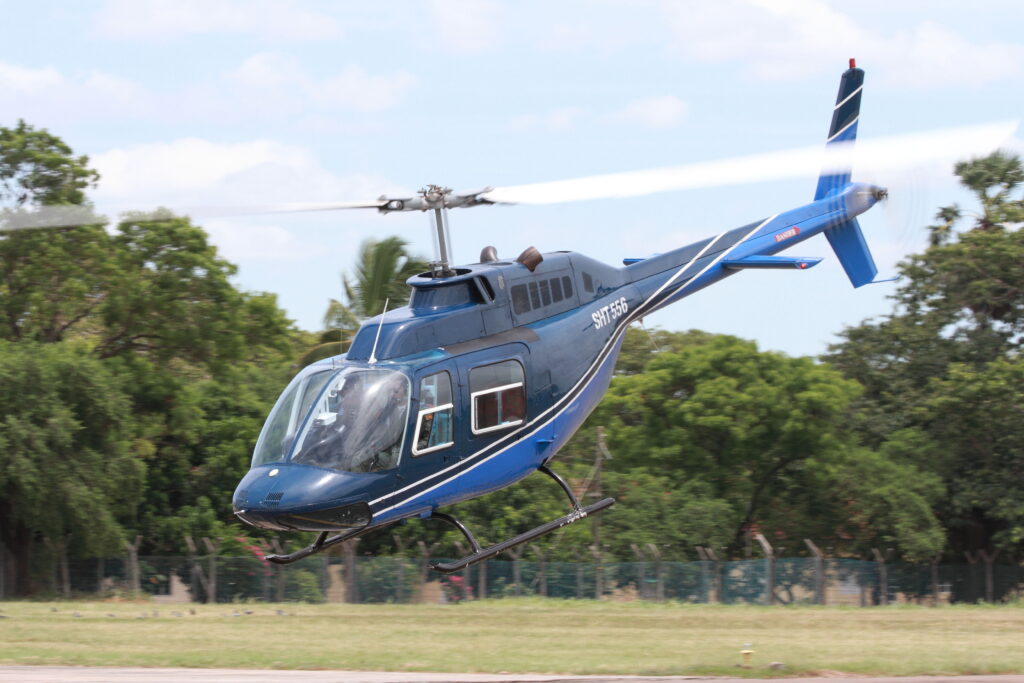
Air Marshal Udeni Rajapaksa, commander of the SLAF since last summer, explains: “At the end of the conflict, the composition of the air force was a bit different. We had a larger number of ground troops than we had technicians and pilots. Now we are trying to get back to the role of an air force. For that we will change the composition and we will restructure. We will not down-size the air force but we will right-size it. That is currently being done.” As a part of this right-sizing, the fleet of active aircraft is slowly expanding again. On the one hand via much needed maintenance, getting aircraft back in the air, and on the other hand by new acquisitions as well.
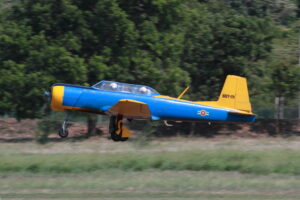
Airbase China Bay, nicknamed ‘the cradle of flight’, houses the 1 Flying Training Wing. Pilots-to-be get their first flying experience here. To be able to train more pilots, in 2018 six brand new PT-6A were bought. All have recently been painted in an attractive blue and yellow colour scheme, including the national flag on the belly, and as such they are also flown with the recently erected national demonstration team Blue Eagles.
Also based here is 3 Maritime Squadron, that was resurrected in 2021. Main task is maritime reconnaissance, for which a Beech 200 is being used. Neighbour India also stepped in, and supplied a locally built Dornier Do.228 for free in 2022. This has recently returned to India because of scheduled maintenance and has been replaced by another Do.228 of the Indian Navy. The aircraft is flown and maintained by SLAF crews under the supervision of Indian engineers. This lease is a temporary arrangement, while two Indian built Do.228 are on order. One of those will be a gift from the Indian government while the other one will be paid for by the SLAF.
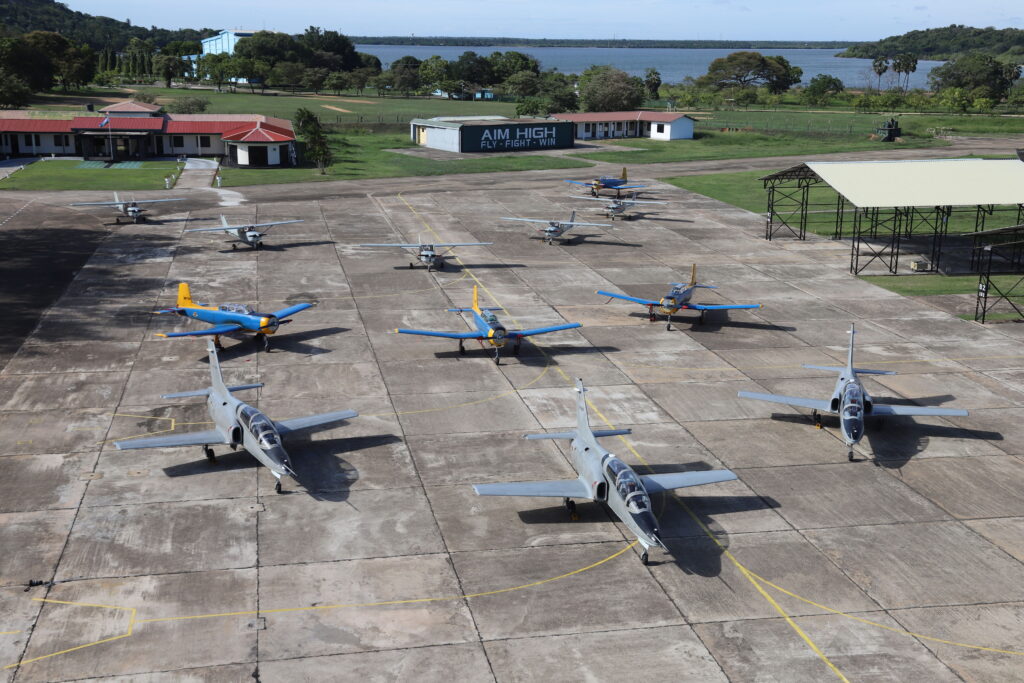
Next to the Do.228s the squadron will soon receive a large upgrade in the shape of a Beechcraft Be.350 King Air, donated by the Australian Air Force, and a brand new Beechcraft Be.360ER donated by the US government. As part of the gift of their aircraft, the Australian Government will first refurbish it and also provide support for a period of 12 months. The Beech 360ER turboprop will be delivered via a Foreign Military Sales (FMS) contract. As part of this deal, the aircraft will be handed over to the US Army first, where the sensors will be installed before it will be delivered to the SLAF.
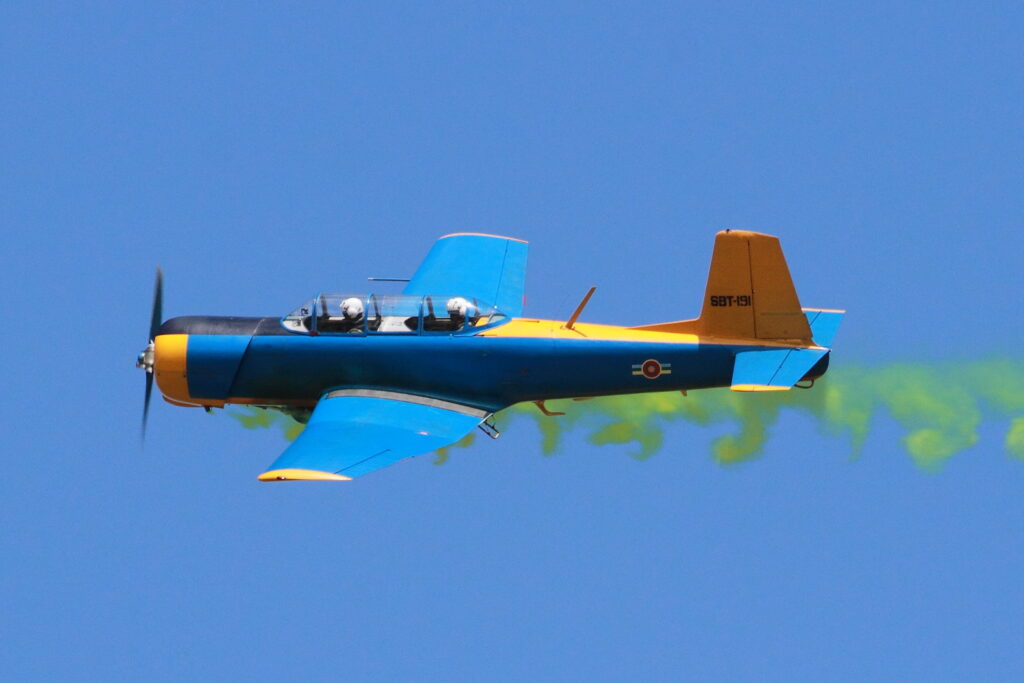
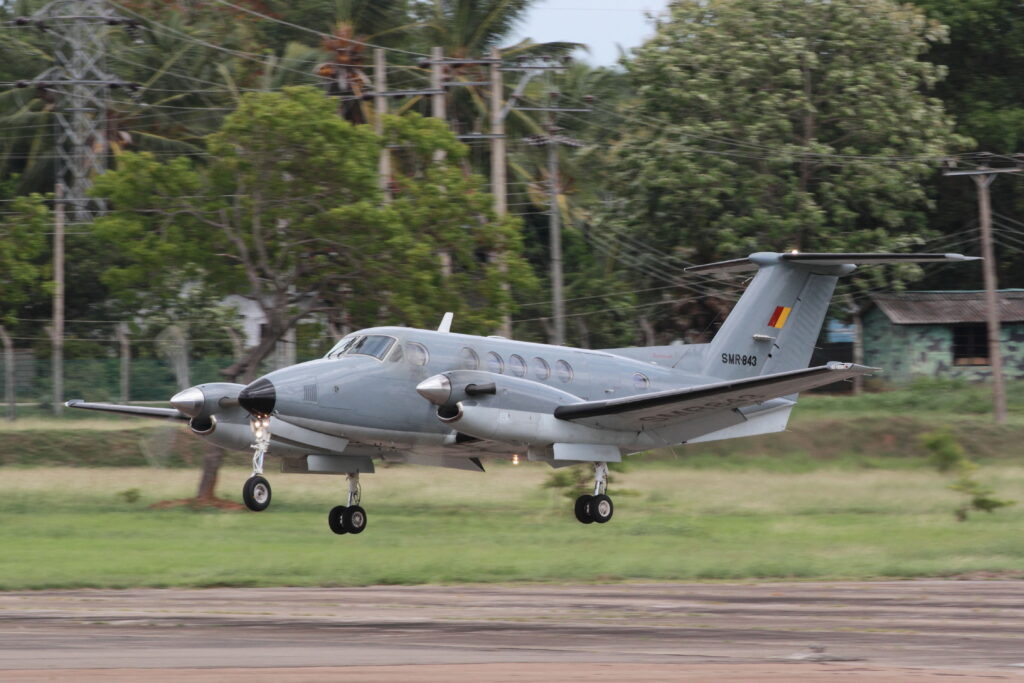
Air Marshal Rajapaksa: “The one that will come from the US will have a Highly Integrated Surveillance and Reconnaissance System or HISAR, it will have equipment on board for long time surveillance. Conversion will be easy for us, as we already have the Beech 200 which is quite similar, so it is easy for us to acquire the technical knowhow. After delivery the current Beech 200 will be used for training and VIP flights.” The Australian Be.350 is expected early 2024, while the Be.360ER is probably ready in 2025. Both the Do.228 and the King Airs will be used to conduct maritime and coastal surveillance operations within the Exclusive Economic Zone (EEZ), aimed at drug and human trafficking, but also perform Search and Rescue operations (SAR), Casualty Evacuation (CASEVAC) and Maritime Pollution Monitoring and Control.
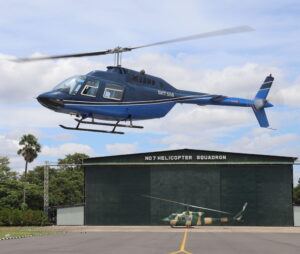
Responsible for training helicopter pilots is 7 squadron at Hingurakgoda, who have both the Bell 206 JetRanger and Bell 212 Twin Huey in the inventory. With no less than three JetRangers being heavily damaged or written off during training over the last few years, the acquisition of an additional B.206 was very useful for the unit. This second hand JetRanger III was found in the USA and was added to the fleet in 2022. The intention is to get up to three more, probably from the civilian market as well.
The transport fleet has also received a boost. Three out of four remaining An-32 ‘Cline’ heavy transport aircraft of Katunayake based 2 squadron have received a major overhaul in Kiev in 2021/2022. Luckily they had just returned to Sri Lanka before hostilities broke out in the Ukraine. The units two C-130 Hercules are stored while waiting for overhaul.
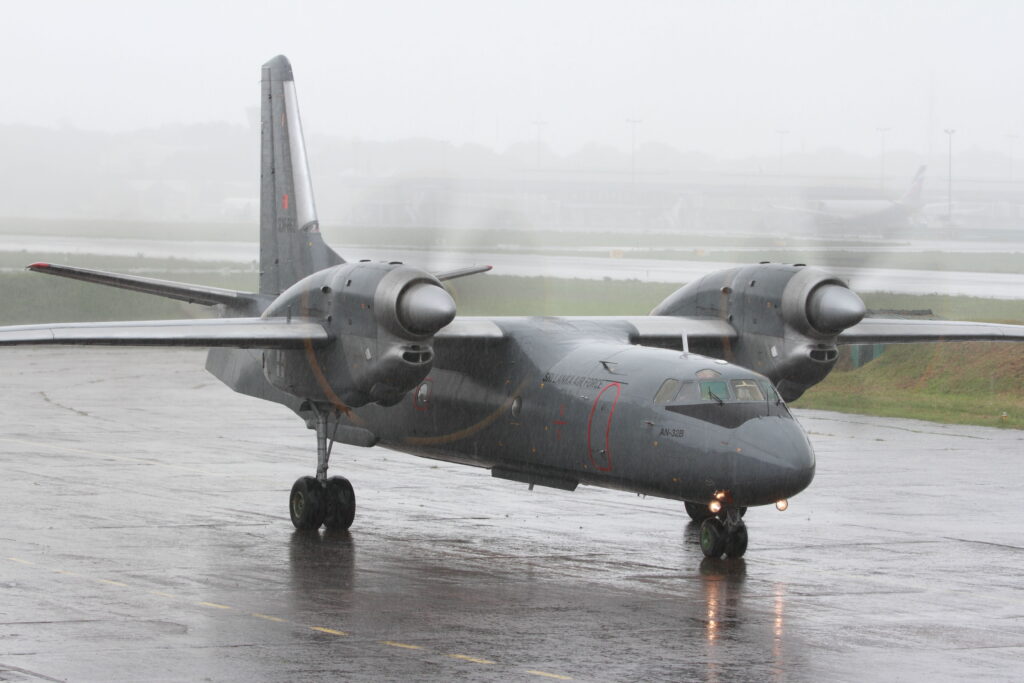
Furthermore two brand new Y-12 IV Short Take Off and Landing (STOL) light transport aircraft were delivered in December 2023, supplementing a fleet of another eight Y-12 serving with 8 squadron at Ratmalana. This particular model incorporates extended wing tips and an increased take-off weight, enhancing its performance capabilities. The Panda, as it is called, will not only be used for military transport duties, but also support tourism promotion. The new aircraft have a capacity for 15 passengers. Commander Rajapaksa highlighted the ability of the Y-12 IVs to land on 90% of Sri Lanka’s runways, making them ideal for promoting tourism in remote and picturesque locations.
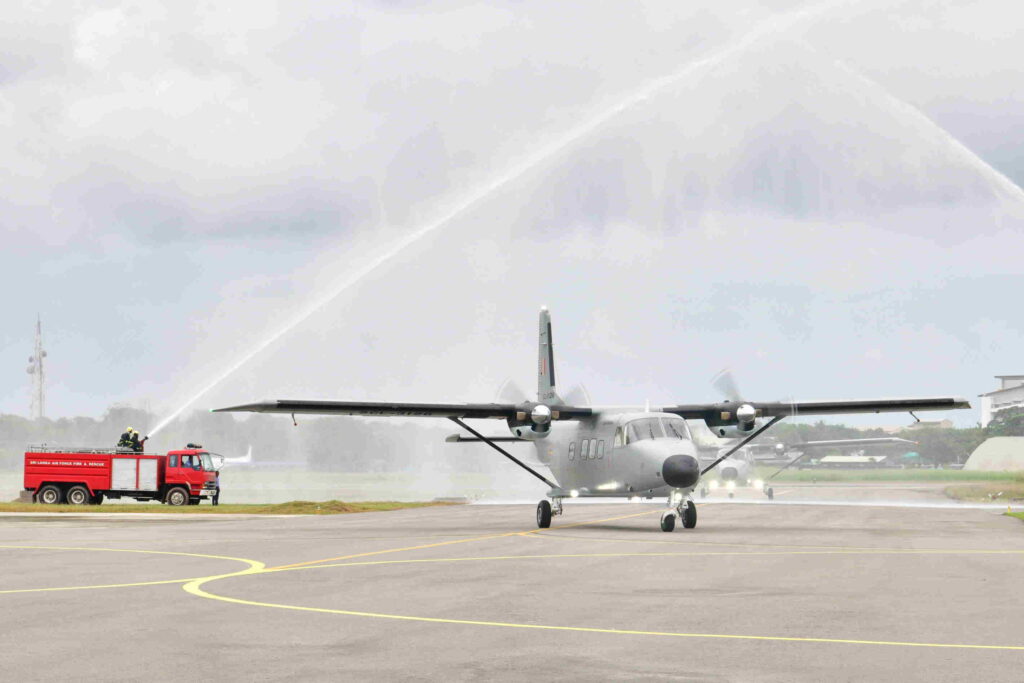
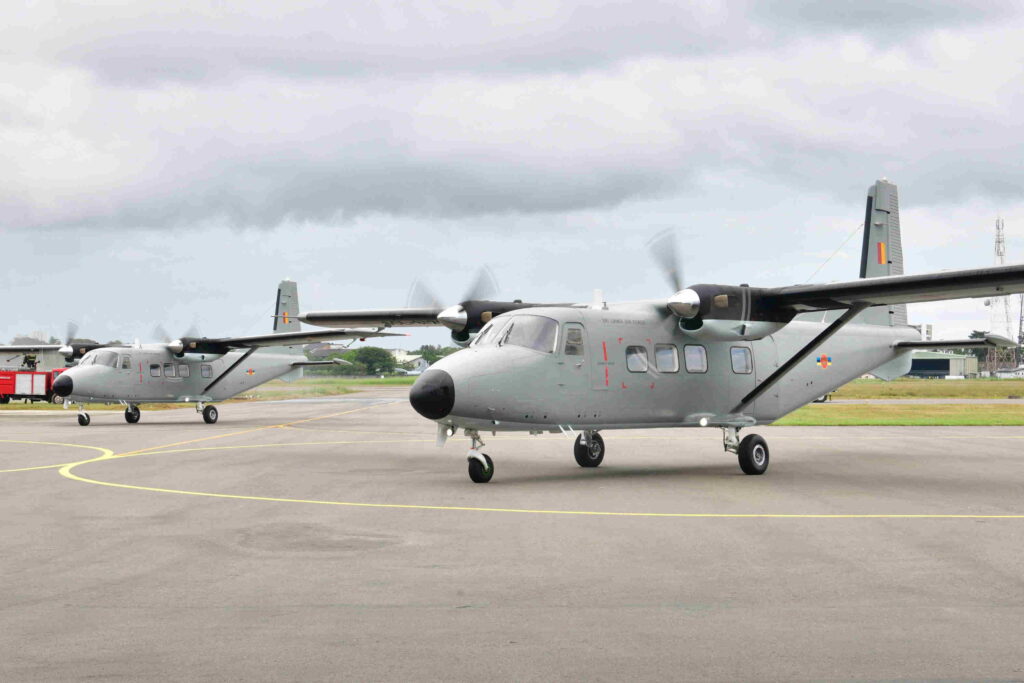
The fleet of Kfir multi-role combat aircraft has been grounded some years ago, but five of them are being overhauled to get them back in the air. Currently 5 squadron, based at Ratmalana, is guarding the Sri Lankan skies with their F-7, performing Air Defence duties 24/7.
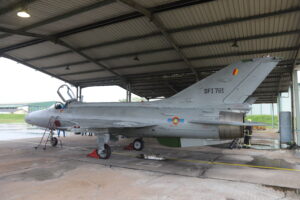
The Kfir pilots from 10 squadron also fly the F-7 to keep current. Work on the Kfir also includes a large upgrade. The deal with Israel Aerospace Industries (IAI) includes replacing the aircraft’s basic avionics with the advanced 4+ generation fighter aircraft avionics in order to one day integrate advanced radar, sensors, communication systems and new helmets.
Air Marshal Rajapaksa: “Due to the economic downfall and Covid there were some delays, but we are catching up and there are only some 6 months delay in the whole process now.” Early 2024 the first refurbished Kfir is expected to fly again. The upgrade process will also include transfer of knowledge and skills for refurbishment to Sri Lankan Air Force personnel. The upgrades will be completed in cooperation with Sri Lanka’s Air Force and in their local facilities. “Overhauling the Kfir is not done by the SLAF alone, that we do with IAI. We do it here, so our technicians can get involved in the process. They do it, together with us.” It will give the existing Kfir fleet another 15-year life cycle.
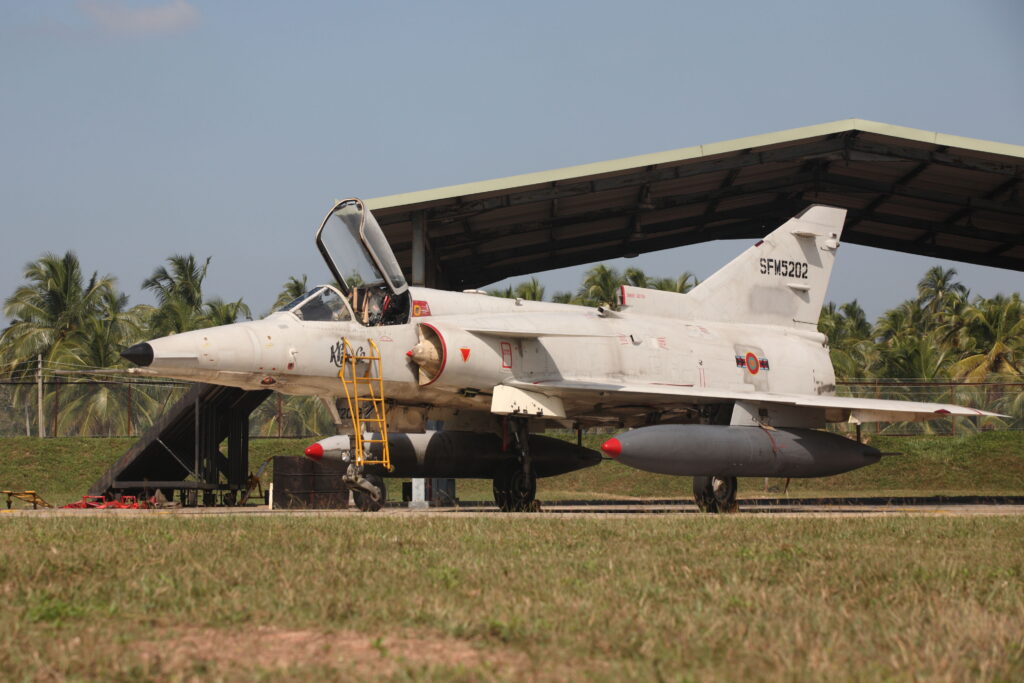
The SLAF has also entered the UAV era. They already use multiple hand held drones and also the Searcher mk.II UAV, but a new indigenous UAV is currently being developed. Air Marshal Rajapaksa elaborates: “We have a project that has been there for over 15 years and we want to further develop that. It is called Lihiniya, named after a local bird. It is built by the Research and Development Unit of the SLAF.” At the moment there are two flying prototypes. “We have about 20 km range, but we want to increase that to 150 km. If it works well, we will invite somebody to invest. We have the technical capacity right now, we need the capital investment.”
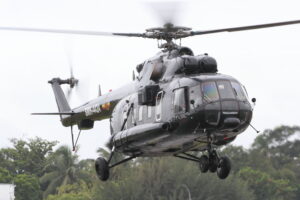
He continues: “We are not looking for an armed version. The purpose is for survey, for weather information and handling traffic. And also to face the threats of drugs, human smuggling and pirating. We can counter those with the use of UAVs. The UAV is a good platform, because it means less costs and less risks.” Commander Rajapaksa is very clear on the motivation for developing a UAV instead of buying an existing type: “The Sri Lanka Air Force does not believe in purchasing things anymore. We want a technological transfer. We want to develop, with the support of somebody, so that we can consolidate our strong capacity for the future. Otherwise we purchase something and maybe after six months they say ‘sorry sir, we can’t support your software, or your hardware, because we don’t produce that anymore, you have to purchase the next generation instead’. The other thing is, if you develop it yourself, even with the support of somebody else, it is more customized. Otherwise if we purchase something, it is always produced for some other country.”
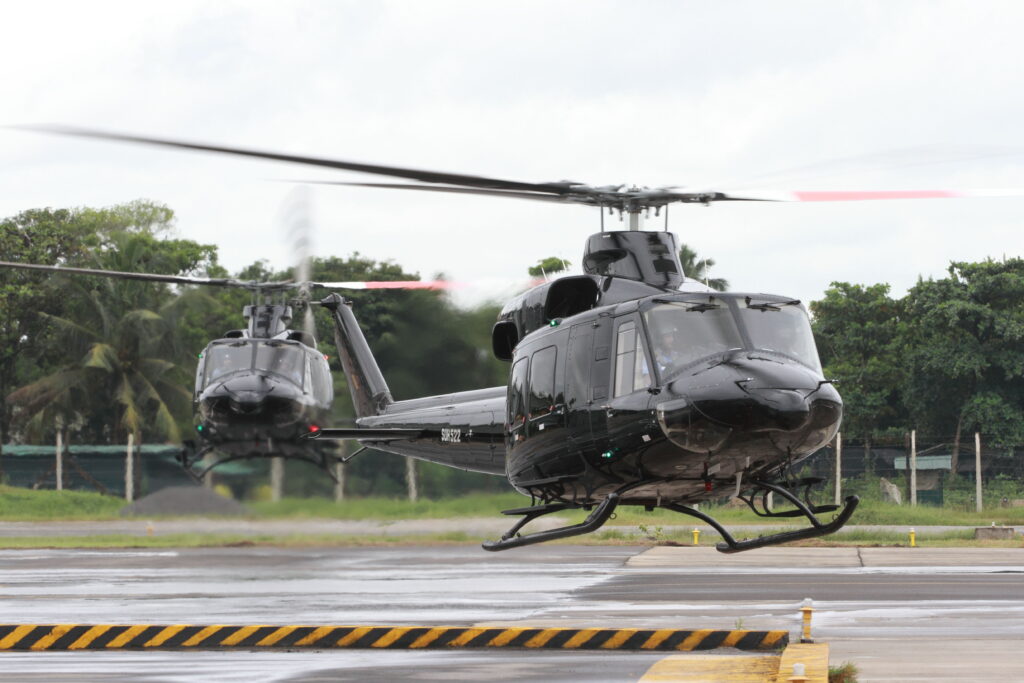
And looking further to the future, Commander Rajapaksa continues: “The other sector I am very much keen to invest in and expand are the UN missions. We already have one UN mission in Central Africa where we have three Mi-171 helicopters and some 120 people.
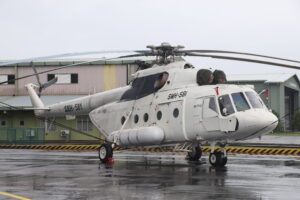
We are fighting there for peace. And apart from that this is a good platform for our pilots and technicians to gain experience. For this we don’t have enough aircraft and helicopters. So we try to get those helicopters serviceable as soon as possible. And for this we are looking for an investor.” 62 Flight of the SLAF is involved in the UN mission in the Central African Republic, called MINUSCA, since 2014. The involvement in the mission in South Sudan (UNMISS) ran from 2015 but has ended in 2021. These missions are an important way of generating money for the SLAF, next to the commercial charter flights mainly with tourists.
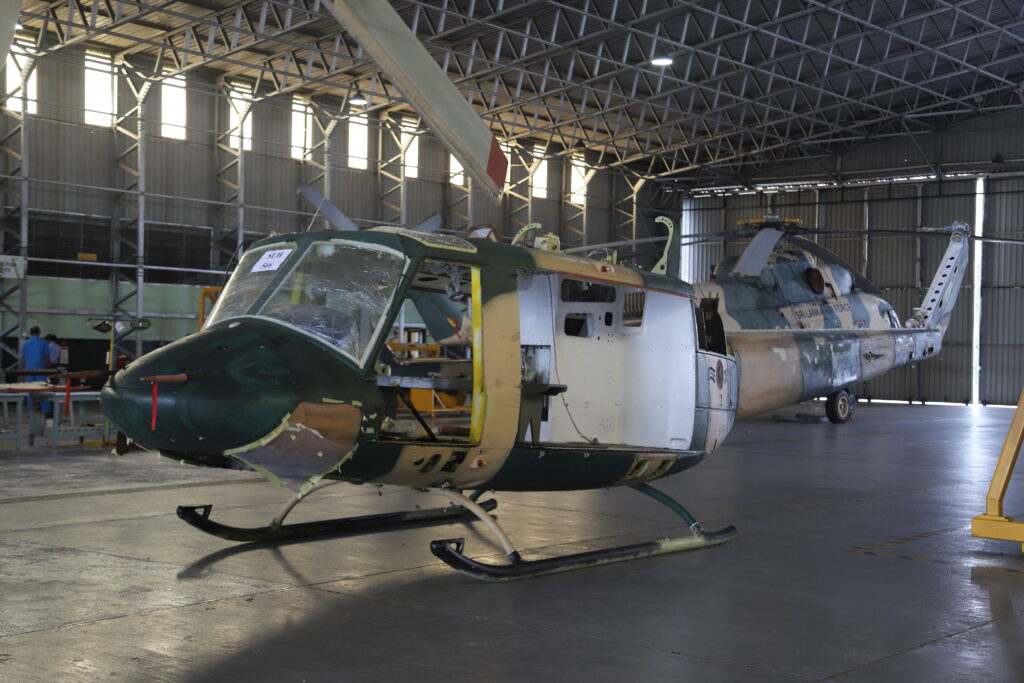
Further development of the Aircraft Overhaul Wing at Katunayake is another way of investing in the future. Commander Rajapaksa explains: “There we undertake a lot of repairs and major overhaul of PT-6, Y-12, K-8, F-7, Bell 206, Bell 212, Bell 412.” A Chinese contingent of technicians helps with the Chinese types. “We do complete overhauls with them. So we try to develop our capabilities, through that we can reduce the foreign input.”
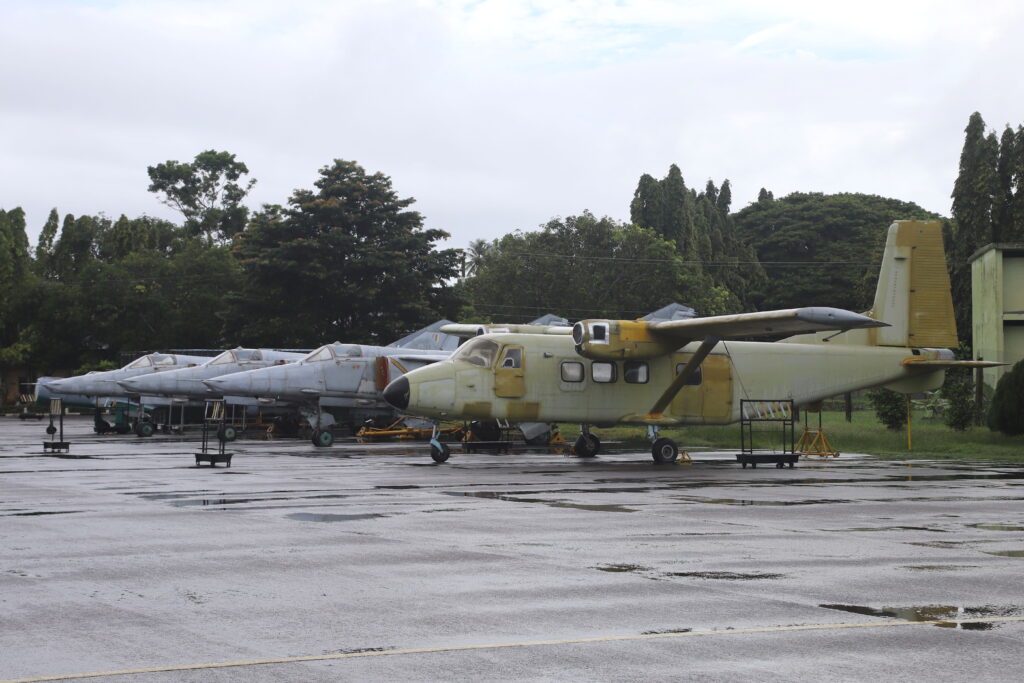
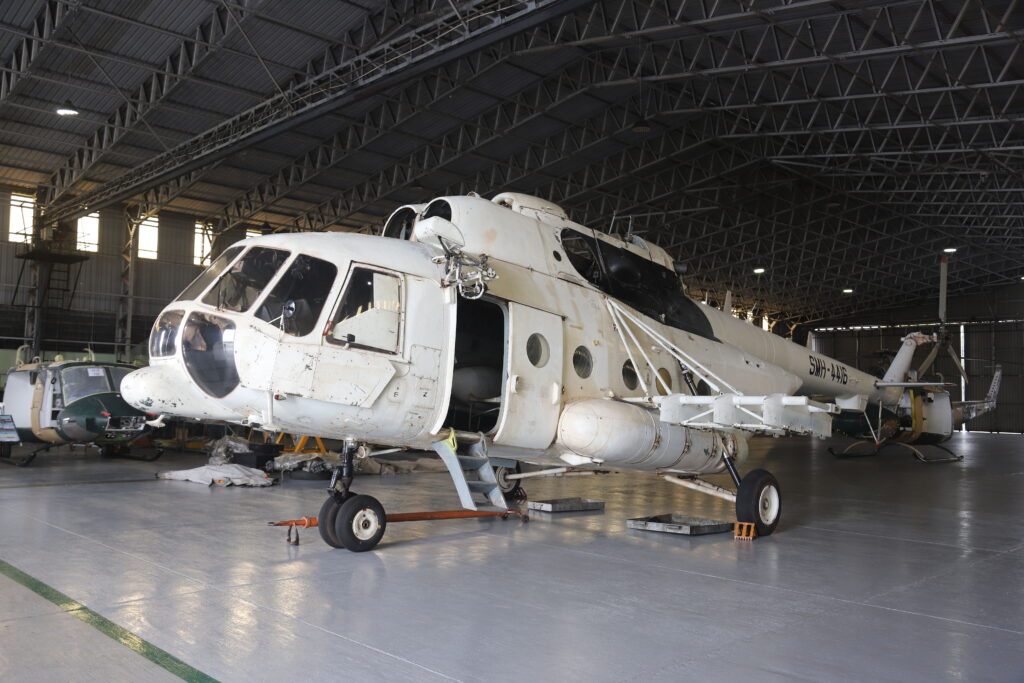
Last year for example three K-8 trainers went through an aircraft life extension program and one Y-12 has been converted into an air ambulance. Also a Bell 212 that was written of in 2007 (!) is currently being rebuild. Commander Rajapaksa concludes: “We have very good facilities, so if somebody wants to work with us…”
A big thank you goes to the Sri Lanka Air Force for their hospitality and their help in getting the information for this article!
This article was also published in Times Aerospace, Vayu Aerospace and Defence Review and Aviation News Journal.
